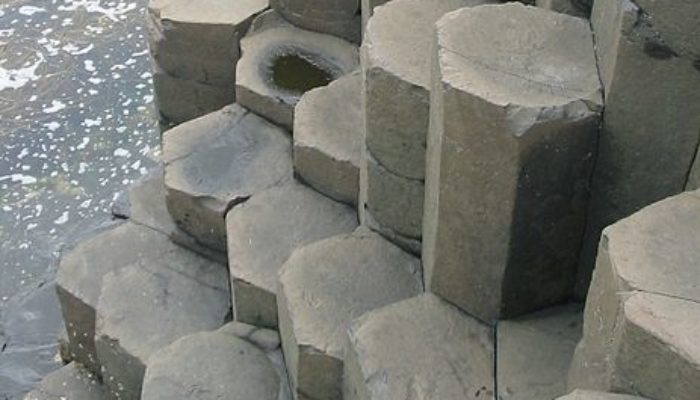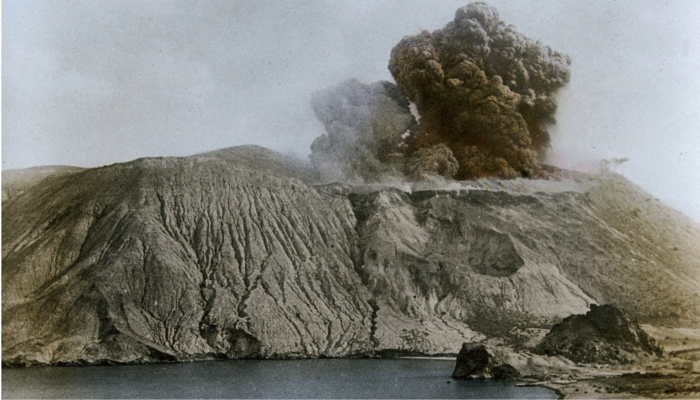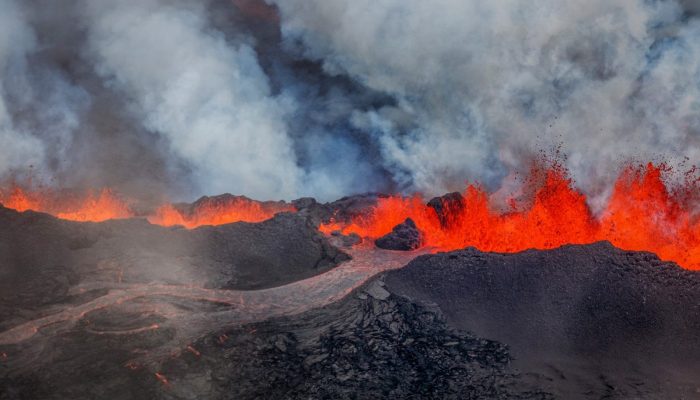Geomythology is a relatively recent term, coined by Dorothy B. Vitaliano in 1966. It represented the birth of what will become a new multidisciplinary approach, aimed not only at explaining the geological meaning of natural phenomenon behind long-told folklore (myths and legends), but also at bridging the communication gap between scientists and non-scientists (Vitaliano, 1973). Geomythology estab ...[Read More]
Features from the Field: Columnar Basalts and why Hexagons are nature’s favourite shape
What does an insect eye, Saturn’s North pole, beeswax, and a rock formation called columnar basalts all have in common? They are all hexagonal in shape. Why is this the case? Hexagons are the most efficient way to fill a space with the least amount of material The science of bubbles and bubble sculptures is very interesting and I do encourage you to go check out some other blogs that talk ab ...[Read More]
Geomythology. The Sicilian Trilogy – Part II: Vulcano, Vulcan’s forge
Why is a fork actually called fork? And why are volcanoes actually called volcanoes? While I do not have any reply for the first question, I have one for the second… and with a quite interesting story. The Earth currently has around 1350 potentially active volcanoes, aside from the volcanoes along the spreading centres (USGS faq); all of them are named after a single volcano, called Vulcano. Vulca ...[Read More]
Geomythology. Hawaii islands and the journey of Pele
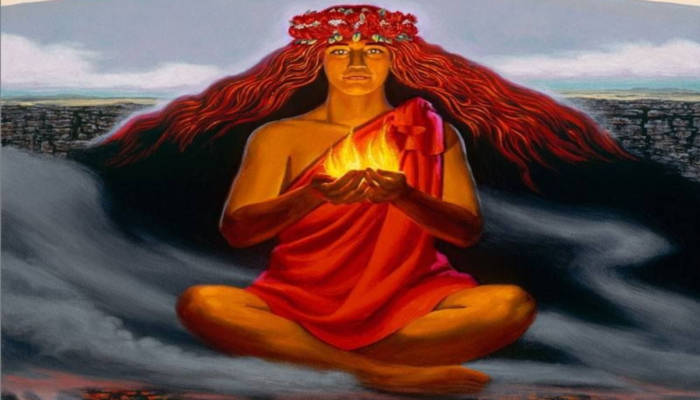
Hotspot Theory How would you explain a series of volcanoes in the middle of the ocean such as the Hawaii, the Midway or the Canary islands? J.T. Wilson, in 1963, suggested they are formed by relatively small, long-lasting, and exceptionally hot regions of magma located beneath the Earth crust, so-called “hotspots” (Wilson, 1963). Firstly, he applied this idea to the Hawaiian Islands, but the conce ...[Read More]
Features from the field: Volcanic rocks and landscapes
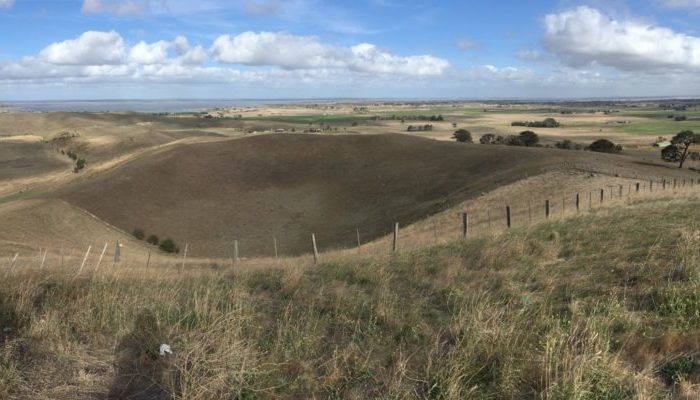
This edition of ‘Features from the field’ is brought to you by Sandra McLaren, a senior lecturer at the University of Melbourne. She will be talking about the volcanic activity and rocks in the Tower hill complex in Australia. Volcanic activity is one of the most spectacular manifestations of our tectonically active planet. Volcanic eruptions can be highly dangerous when they oc ...[Read More]
Geothermal Energy and Structural Geology?
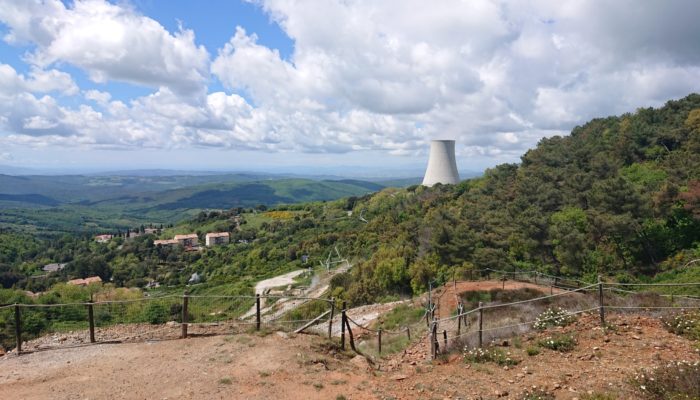
Fieldwork is a necessity to expand the brain, to kick-start 3D thinking. Field studies with a specific application in mind have – until now – usually been geared towards hydrocarbon reservoirs. However, with the increasing use of the subsurface, for example for CO2 storage and geothermal energy, alternative field studies gain importance. Here, we will focus on geothermal energy, which is in ...[Read More]
Beyond Tectonics: How the tectonic events of 1783 were perceived by the population of Europe
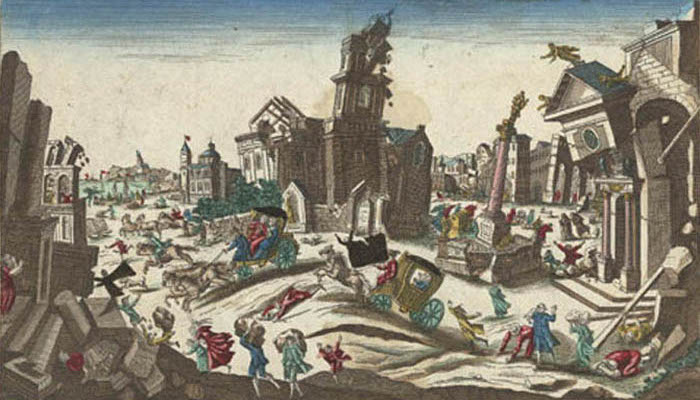
This edition of “Beyond Tectonics” is brought to you by Katrin Kleemann. Katrin is a doctoral candidate at the Rachel Carson Center/LMU Munich in Germany, she studies environmental history and geology. Her doctoral project investigates the Icelandic Laki fissure eruption of 1783 and its impacts on the northern hemisphere. “A Violent Revolution of Planet Earth” – The C ...[Read More]
How Rome and its geology are strongly connected
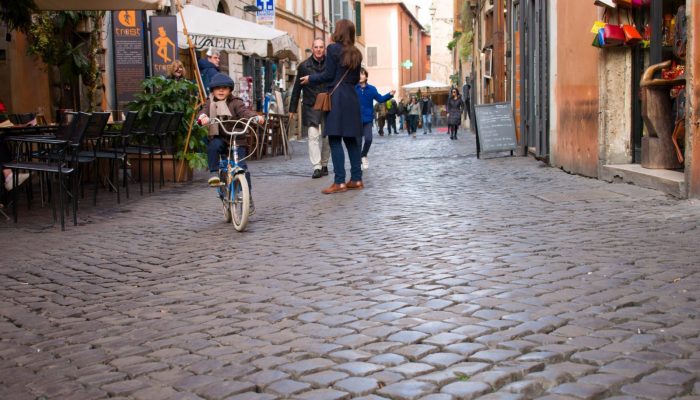
Walking through an ancient and fascinating city like Rome, there are signs of history everywhere. The whole city forms an open-air museum, full of remnants of many different times the city has known, from the Imperial to the Medieval times, the Renaissance, the Fascist period, and finally the present day version of Rome. For historians and archaeologists, unravelling the exact history of the city ...[Read More]
Minds over Methods: studying dike propagation in the lab
Have you ever thought of using gelatin in the lab to simulate the brittle-elastic properties of the Earth’s crust? Stefano Urbani, PhD student at the university Roma Tre (Italy), uses it for his analogue experiments, in which he studies the controlling factors on dike propagation in the Earth’s crust. Although we share this topic with our sister division ‘Geochemistry, Mineralogy ...[Read More]


